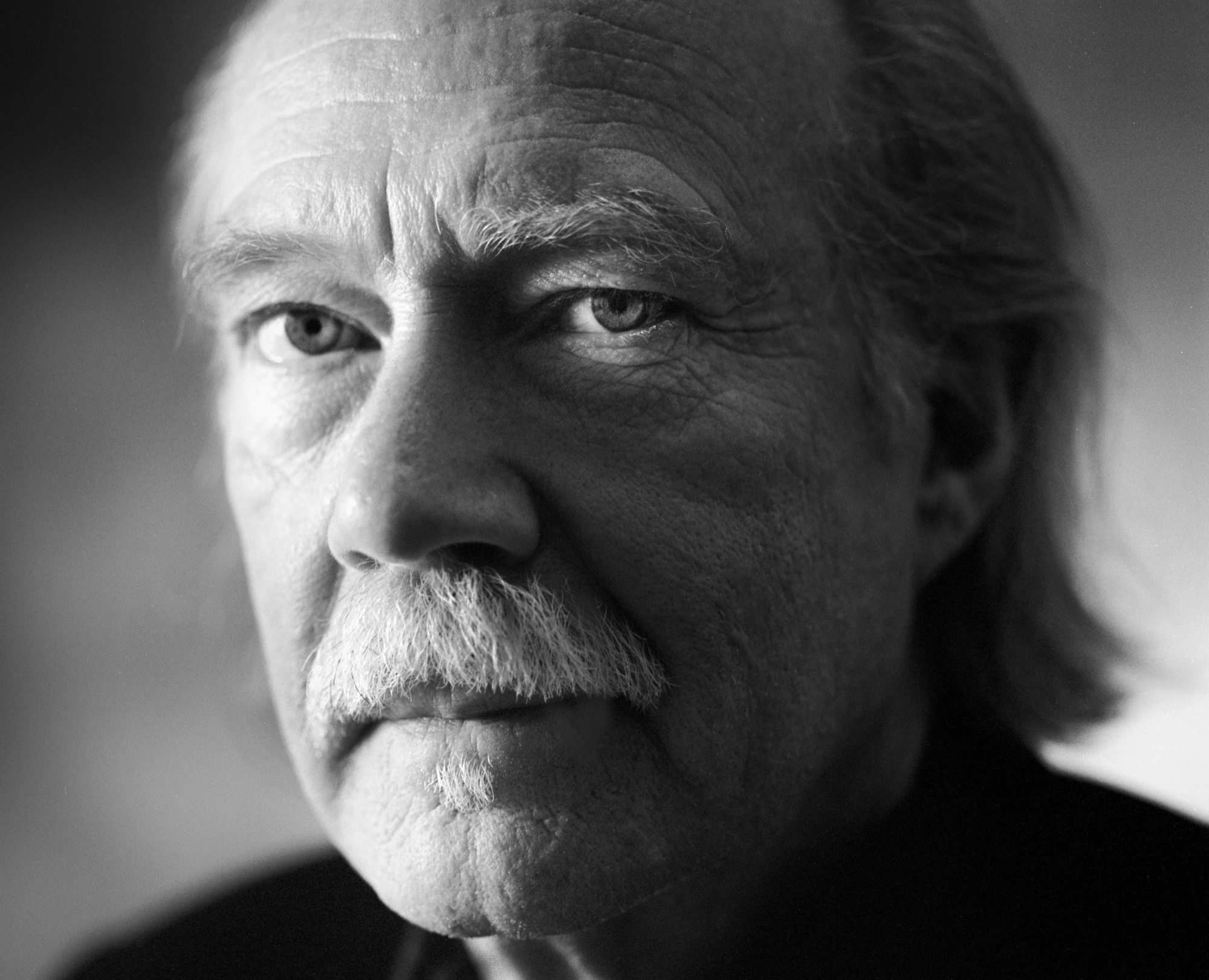Revolver Live! mit dem Kameramann Jürgen Jürges, im Rahmen der Diagonale Graz. Am 07.04.2024, 14 h. Mit Christoph Hochhäusler und Nicolas Wackerbarth.
Sergei Eisenstein und Charles Chaplin spielen „Gitarre”, um 1930. Wikipedia schreibt dazu:
In late April 1930, Jesse L. Lasky, on behalf of Paramount Pictures, offered him the opportunity to make a film in the United States. He accepted a short-term contract for $100,000 and arrived in Hollywood in May 1930. (…)
Eisenstein proposed a biography of munitions tycoon Sir Basil Zaharoff and a film version of „Arms and the Man” by George Bernard Shaw, and more fully developed plans for a film of „Sutter’s Gold” by Jack London, but on all accounts failed to impress the studio’s producers. Paramount then proposed a movie version of Theodore Dreiser’s „An American Tragedy”. This excited Eisenstein, who had read and liked the work, and had met Dreiser at one time in Moscow. Eisenstein completed a script by the start of October 1930, but Paramount disliked it completely and, additionally, found themselves intimidated by Major Frank Pease, president of the Hollywood Technical Director’s Institute. Pease, an anti-communist, mounted a public campaign against Eisenstein. On October 23, 1930, by „mutual consent,“ Paramount and Eisenstein declared their contract null and void, and the Eisenstein party were treated to return tickets to Moscow at Paramount’s expense. (…)
Eisenstein and his entourage spent considerable time with Charlie Chaplin, who recommended that Eisenstein meet with a sympathetic benefactor in the person of American socialist author Upton Sinclair. (…) The two had mutual admiration and between the end of October 1930, and Thanksgiving of that year, Sinclair had secured an extension of Eisenstein’s absences from the USSR, and permission for him to travel to Mexico. The trip to Mexico was for Eisenstein to make a film produced by Sinclair and his wife, Mary Craig Kimbrough Sinclair, and three other investors organized as the „Mexican Film Trust“.
(Das Bild hat Nicolai Albrecht vor langer Zeit an die Redaktion geschickt – Danke!)
(gepostet von Christoph)



